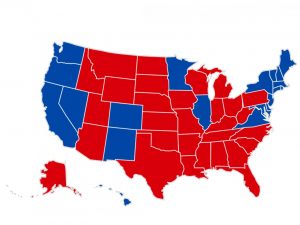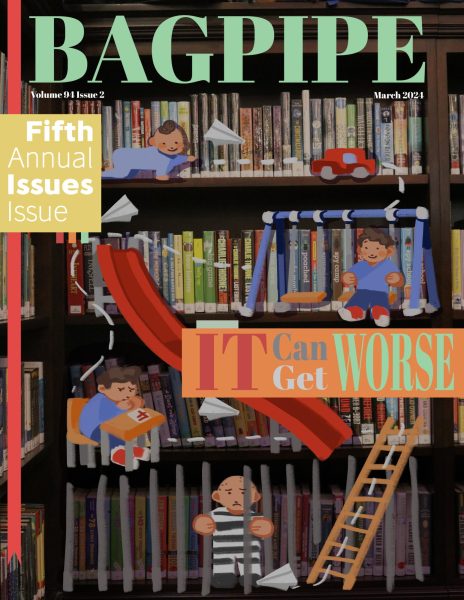Opinion: Outdated Electoral College Needs To Go
October 29, 2020
While the electoral college has its benefits, there are many issues that cause it to divide the country.
The electoral college is a system implemented to help the American people vote for a president every four years, with the goal to have representation across the entire country by having people vote for electors, who then vote for the president.
The electoral college was intended as a safety net system, so the final vote would not be in the hands of the less informed or uneducated. The electors, however, are more likely to have the information and facts necessary to make whichever decision is best for their party. The founding fathers built this system as a way to balance out the will of the majority voice.
This point may have been relevant in 1779, but modern technological advancements now allow the “common man” to have the information necessary to make an educated decision. Although Alexander Hamilton in 1788 saw the electors as being “free from any sinister bias,” members of the electoral college are now selected by the political parties, and they are expected to vote along party lines regardless of their own opinions about the candidates.
The electoral college ignores the will of the people. There are over 300 million people in the United States, but just 538 people decide who will be president. In 2016, Hillary Clinton won the popular vote by more than one million votes, yet still lost the election on electoral votes.
Even President Donald Trump, who benefitted from the system, stated after the 2016 election: “I would rather see it where you went with simple votes. You know, you get 100 million votes, and somebody else gets 90 million votes, and you win.”
Just as in 2000 when George W. Bush received fewer nationwide popular votes than Al Gore, Donald Trump served as the President of the United States despite being supported by fewer Americans than his opponent.
Nonetheless, a solid benefit to the current system is that it ensures that all parts of the country are involved in choosing the President.
However, the electoral college gives too much power to “swing states,” resulting in the presidential election being decided by a handful of states. The two main political parties can count on winning the electoral votes in certain states, such as California for the Democratic Party and Indiana for the Republican Party, without worrying about the actual popular vote totals. This is exactly what Trump did in 2016 and won, despite not winning the overall popular vote.
Because of this oversight, presidential candidates only need to pay attention to certain states that can swing one way or the other. A Nov. 6, 2016 episode of PBS NewsHour revealed Donald Trump and Hillary Clinton made more than 90 percent of their campaign stops in just 11 so-called battleground states. Of those visits, nearly two-thirds took place in the four battlegrounds with the most electoral votes — Florida, Pennsylvania, Ohio and North Carolina.
The entire world has changed and made advancements in the last 50 years that has rendered this system of voting outdated. The electoral college used to be the ideal system of determining the leaders of this country, but as time and society progresses, the law must follow suit and adhere to changes.












